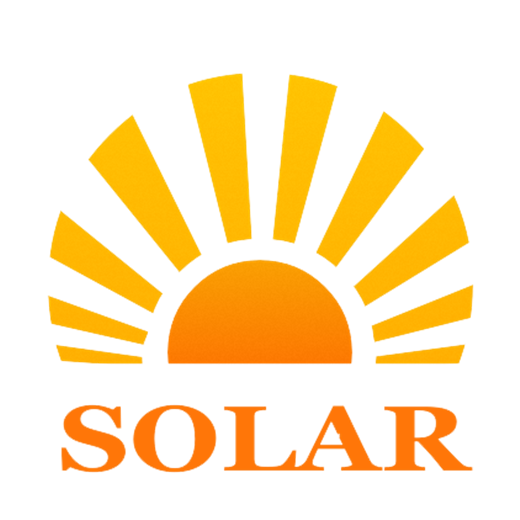Dual-axis tracking, as the name implies, refers to a rotation axis with two directions. The dual-axis solar tracking system is a power device that can keep the solar panel facing the sun at any time, so that the sunlight can shine vertically on the solar panel at any time. The dual-axis solar tracking system has two automatic axes that automatically track the azimuth and elevation of the sun every day, which can maximize the efficiency of solar equipment in utilizing solar energy. In this way, the solar panel can track the sun at both the azimuth and elevation of the sun. So that the solar panel remains perpendicular to the sun’s rays. The dual-axis tracking photovoltaic array moves along two rotation axes, and can simultaneously track the changes in the azimuth and elevation of the sun. In theory, it can completely track the trajectory of the sun to achieve zero angle of incidence. Dual-axis tracking is suitable for use in areas with latitudes higher than 35 degrees, and can increase power generation by 35-43%

The advantages of dual-axis trackers mainly include:
1. Improve power generation efficiency: The dual-axis tracker can adjust the angle of the solar panel in real time according to the position of the sun, ensuring that the panel is always perpendicular to the sun’s rays, thereby maximizing the reception of light energy, and can increase power generation by 30%-40% compared to fixed installation.
2. Strong adaptability: The dual-axis design enables the equipment to flexibly respond to changes in light angles at different latitudes and seasons, and is suitable for a variety of geographical environments and climatic conditions, improving the stability of photovoltaic power generation systems.
3. Reduce maintenance costs: The dual-axis tracking equipment has a precise structure and runs smoothly, reducing the maintenance needs caused by mechanical failures, and the long-term operating cost is more than 10% lower than that of traditional equipment.
4. Technological progress: With the continuous innovation and breakthroughs in technology, the cost of dual-axis tracking equipment has decreased year by year. The reduction in equipment costs and the improvement in power generation efficiency have accelerated its popularization and application in the industry.
5. Intelligent control system: Modern dual-axis trackers are usually equipped with intelligent control systems, which can improve tracking accuracy through optimization algorithms and sensor technology, adapt to extreme weather conditions, and ensure the stable operation of the equipment.
6. Environmental adaptability: The dual-axis tracking equipment fully considers wind resistance in its design. By strengthening the support structure and optimizing the center of gravity layout, the equipment can still maintain stable operation in strong wind environments.
7. Economic benefits: Although the initial investment of dual-axis tracking equipment is high, its power generation gain is enough to make up for the cost in long-term operation, and with the advancement of technology, the cost of equipment has decreased year by year, making it more economical.
8. Market demand growth: With the growing demand for clean energy, dual-axis photovoltaic tracking equipment has been favored by the market for its high efficiency and high stability. Its market share has continued to grow in recent years and has broad prospects.

Comparison results:
1. The flat single-axis tracking range is large, the installation is simple, and the capacity is easy to expand. When the capacity is large, the cost is low, the wind resistance is strong, and the economic performance is high. It is more suitable for low-latitude applications and has high requirements for the foundation plane.
2. The installation capacity and tracking range of the inclined single-axis unit are affected by the environment on the one hand and the stroke of the top rod motor on the other hand. It has good wind resistance and simple installation. The overall cost performance is high. If it is installed on a slope, the advantage is more obvious.
3. The dual-axis tracking system has two independent power actuators, which causes troublesome equipment maintenance. The dual-axis tracking range is large and the floor area is large. The installation capacity is easily affected by the installation environment; the installation is relatively complex, the wind resistance is average, and the one-time investment is relatively high. Dual-axis tracking systems are suitable for areas with latitudes above 40 degrees.
4. Single-axis tracking is easy to make into a linkage structure, thereby reducing the cost of the power structure and control system. Dual-axis tracking systems are difficult to make into linkage solutions, and the number of components will be limited.
5. Depending on the installation method, the angles measured by single-axis and dual-axis inclination sensors are also different. Dual-axis can measure roll and pitch angles, while single-axis can only measure roll angles or pitch angles when horizontal installation is selected.

